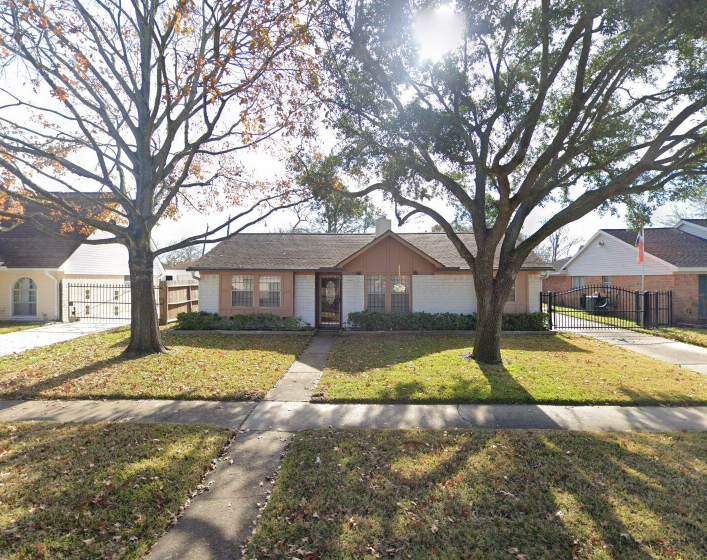The Pros and Cons of Buying a Fixer-Upper Home
Buying a fixer-upper home can be an appealing option for many homebuyers. These properties often come with a lower price tag and the opportunity to customize and renovate to your liking. However, they also require careful consideration and planning. Before diving into a fixer-upper purchase, it’s essential to weigh the pros and cons. Let’s explore them:
Pros of Buying a Fixer-Upper Home:
- Lower Purchase Price: Fixer-upper homes are typically priced lower than move-in ready properties in the same area. This can provide an opportunity to enter a desirable neighborhood or get a larger house within your budget.
- Potential for Appreciation: By investing time, effort, and money into renovating a fixer-upper, you have the potential to increase the property’s value significantly. If the market is favorable, your investment could yield substantial returns in the long run.
- Customization and Personalization: Buying a fixer-upper allows you to design and customize the home according to your preferences. You have the freedom to choose finishes, layouts, and features that match your unique style and needs, creating a truly personalized space.
- Opportunity for Sweat Equity: Taking on a fixer-upper project can be a rewarding experience, both personally and financially. By doing some of the work yourself or managing the renovations, you can build sweat equity and increase your skills as a homeowner.
Cons of Buying a Fixer-Upper Home:
- Renovation Costs: While fixer-upper homes may have a lower purchase price, the renovation costs can quickly add up. It’s crucial to have a detailed budget and a thorough understanding of the required repairs and improvements. Unexpected issues may arise during the renovation process, leading to additional expenses.
- Time and Effort: Renovating a fixer-upper requires time, effort, and a considerable amount of patience. It can disrupt your daily life, especially if you plan to live in the home during the renovations. Consider whether you have the time and resources to dedicate to the project.
- Financing Challenges: Securing financing for a fixer-upper can be more challenging compared to a move-in ready home. Traditional lenders may be hesitant to provide loans for properties in poor condition. Explore options such as renovation loans or working with lenders experienced in financing fixer-upper projects.
- Potential for Unforeseen Issues: Older homes or properties in disrepair may have hidden problems that aren’t immediately apparent during the initial inspection. Structural issues, electrical or plumbing problems, or environmental hazards like mold or asbestos could be uncovered during renovations, requiring additional time and money to address.
- Delayed Move-In: If you’re planning to live in the home while renovating, be prepared for a potentially extended timeline. Depending on the scope of the renovations, it may take several months or even longer before the home is move-in ready.
Before purchasing a fixer-upper, conduct a thorough inspection of the property and consider consulting with professionals such as contractors and architects to assess the potential costs and feasibility of the renovations.
Buying a fixer-upper home can be a rewarding experience for those willing to invest time, effort, and money into creating their dream home. However, it’s essential to carefully evaluate the pros and cons and ensure that you have the resources and commitment to tackle the project successfully. With proper planning and realistic expectations, a fixer-upper can turn into a valuable and personalized investment.
